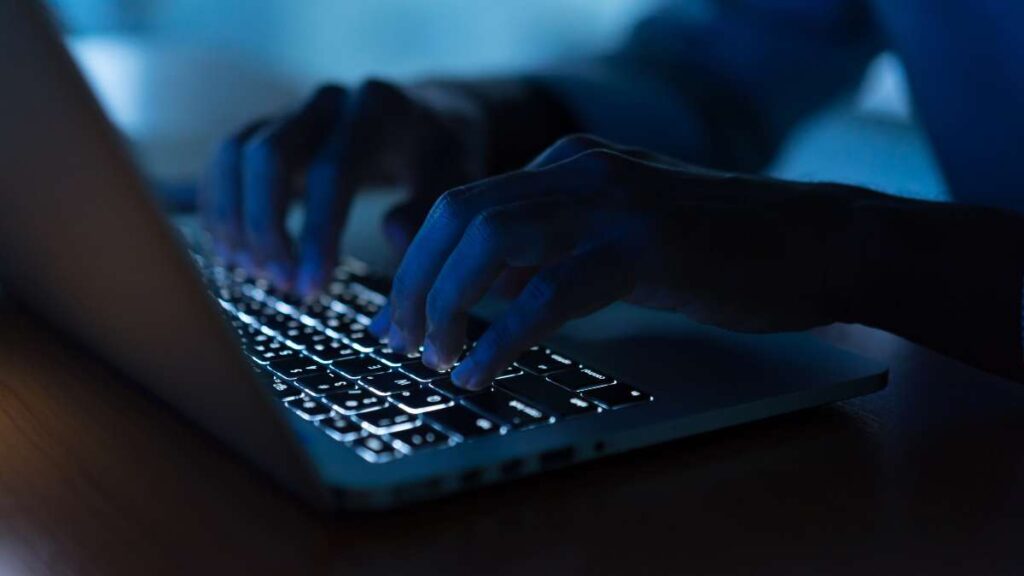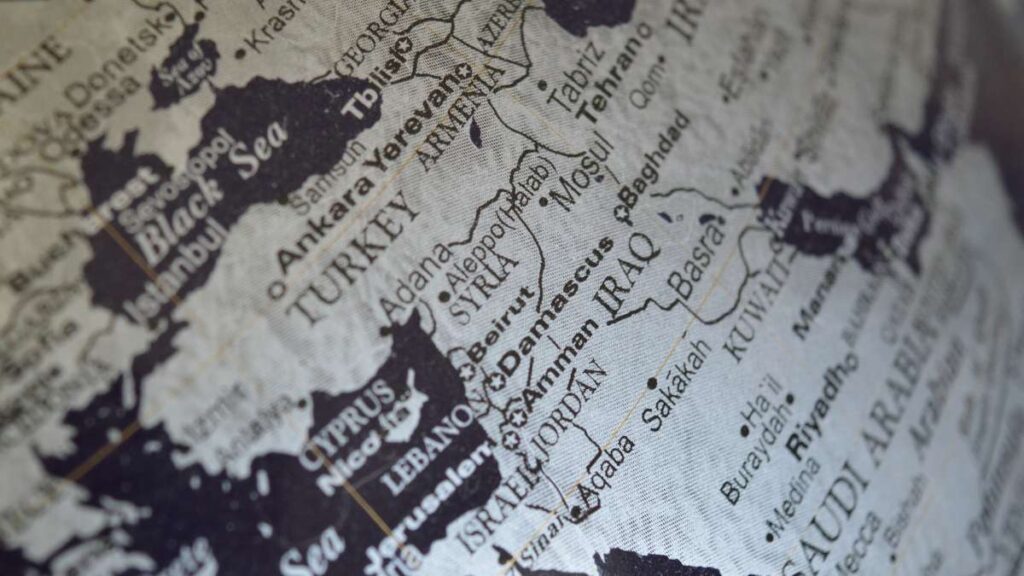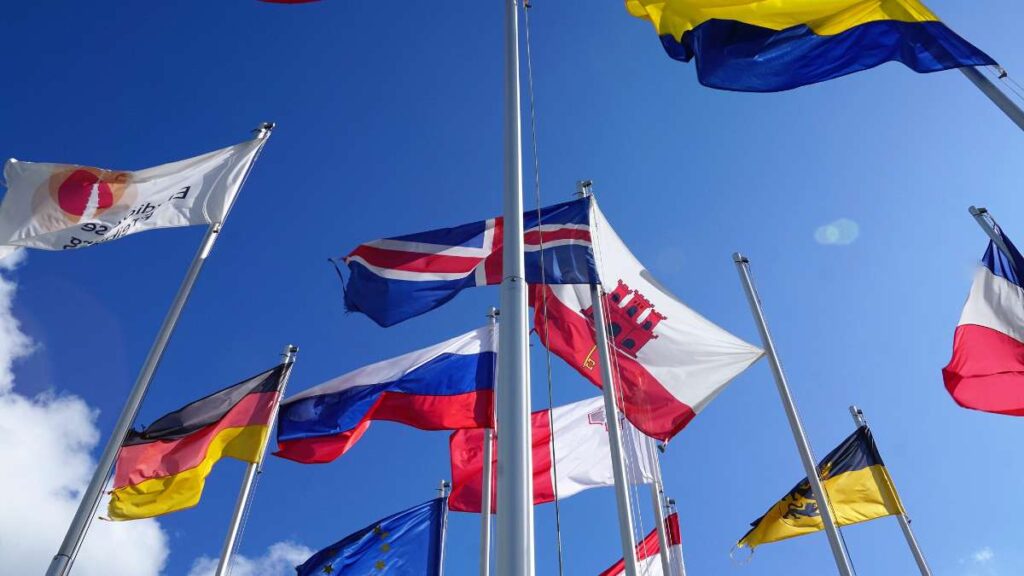By Geoffrey Cain
Mekong Review
May 29, 2018
I trekked through Washington DC on a mission. The US government had released a commemorative coin showing Donald Trump and Supreme Leader Kim Jong Un face-to-face. Their respective flags were behind them and above them the words “peace talks” in Korean and English.
It was surreal propaganda, because it wildly inflated North Korea’s true legitimacy at a negotiating table that will, with little doubt, be dominated by Trump.
North Korea is the first country to directly threaten the US with “pre-emptive nuclear strikes”, a verbal grenade unleashed in 2013 against the Obama administration. In addition to this, Supreme Leader Kim has overseen purges, the execution of his uncle, the assassination by nerve gas of his half-brother and the effective hostage-taking of more foreign visitors than his father ever achieved. One of these captives, Otto Warmbier, died after falling into a coma under mysterious circumstances and being released to American doctors.
And now this coin? I had reported from South Korea for five years and visited North Korea during this time. I’d never seen anything on this scale. Was it time for the decades-old armistice to become a peace treaty, finally ending the Korean War that began in 1950?
I entered White House Gifts, a shop on a corner about a minute’s walk from the White House. “Do you have the North Korea coins?” I asked the cashier.
“We never had them,” she said. “We’re not affiliated with the White House.”
Deflated, it was time for plan B. And with North Korea, you always need one.
*
Former American diplomats and policymakers have complained to me over the years that dealing with North Korea is like getting on a seesaw. The political mood sways back and forth towards some sort of vague resolution. But you don’t know what exactly is being promised until North Korea does it.
North Korea’s leaders, for their part, are equally wary of American negotiations. They have long feared that disarmament could invite the US to topple their government. They point to Libya and Iraq as cautionary tales.
Not long ago, the Trump administration was entertaining the idea of a limited “bloody nose strike” intended as a preventative measure to disable some of North Korea’s military capabilities and underline US military power. But that could mean war—and hundreds of thousands dead in the first few days.
Instead, luck, timing and skilled diplomacy have defused such possibilities. When South Korea hosted the Winter Olympics last February, a North Korean delegation showed up at the last minute. Luckily for them, South Korea’s President Moon Jae-in comes from a left-wing political tradition that favours rapprochement with the North. Had his conservative, lame-duck predecessor Park Geun-hye not been impeached last year and imprisoned, peace talks would probably be off the table.
On 24 May, North Korea went so far as to demolish its only known nuclear test site in the presence of foreign journalists, although the regime did not invite any nuclear experts, so we don’t know for sure whether they lived up to their promise. All this was unfolding as North Korea released a letter raising the possibility of an “appalling tragedy” in the US because Vice President Mike Pence, in a Fox News interview, threatened North Korea with a Libya-style ending.
Trump, in response, abruptly called off the summit.
“You talk about your nuclear capabilities, but ours are so massive and powerful that I pray to God they will never have to be used,” read a letter he personally dictated.
So, were we back to Plan A: the bloody nose strike? Thankfully, luck, timing and skilled diplomacy intervened once again.
*
Unable to find the commemorative Trump-Kim coin, I opened my phone and loaded eBay, Amazon, Google Shopping, and the Facebook profiles of North Korea hobbyists, just to see if anybody was selling a coin. I also tried to load the website of the real White House gift shop. But the server was overwhelmed. The coins were on discount, and too many hobbyists like me were struggling to get hold of any remaining stock.
I got on the subway. A 20-minute ride would be enough for the online shop to load, I thought.
Twenty minutes later, the online gift shop was loaded, but with a disclaimer. The White House wasn’t selling the same Trump-Kim coins everyone was talking about; some journalists had misreported the story. This was a different coin. It was available for preorder two months in advance.
Even getting a friggin’ coin is a huge task when it comes to North Korea, I thought in despair.
In moments like these, I always think about the long-winded road to getting things done with North Korea as a writer: the unverifiable rumours sent out by South Korea’s intelligence agency, the misreported and made-up events in mainstream media, the last-minute cancellations and failed negotiations, and the constant deception and half-truths told by regime “minders” in Pyongyang.
I published my first story on North Korea ten years ago, and even now I admit I know little about what’s happening inside the garrison kingdom, or what to do about it. Former CIA and State Department officials have concurred to me in private.
Resigned, I ordered the incorrect Trump-Kim coin anyway. Because the server was still crippled, I pushed “order” over and over again, only to learn I was about to purchase 34 commemorative coins.
*
The next day, the seesaw sawed once again. On Saturday, Kim Jong Un and South Korea’s president Moon Jae-in held a surprise meeting.
The next day, the former US ambassador to South Korea, Sung Kim, showed up in North Korea with the prospect of rechristening the summit.
Trump, as usual, took to Twitter.
“I truly believe North Korea has brilliant potential and will be a great economic and financial Nation [sic] one day,” he tweeted. “Kim Jong Un agrees with me on this. It will happen!”
Hopefully, the commemorative coins will show up in time.
The article was originally published in Mekong Review
See Also:





